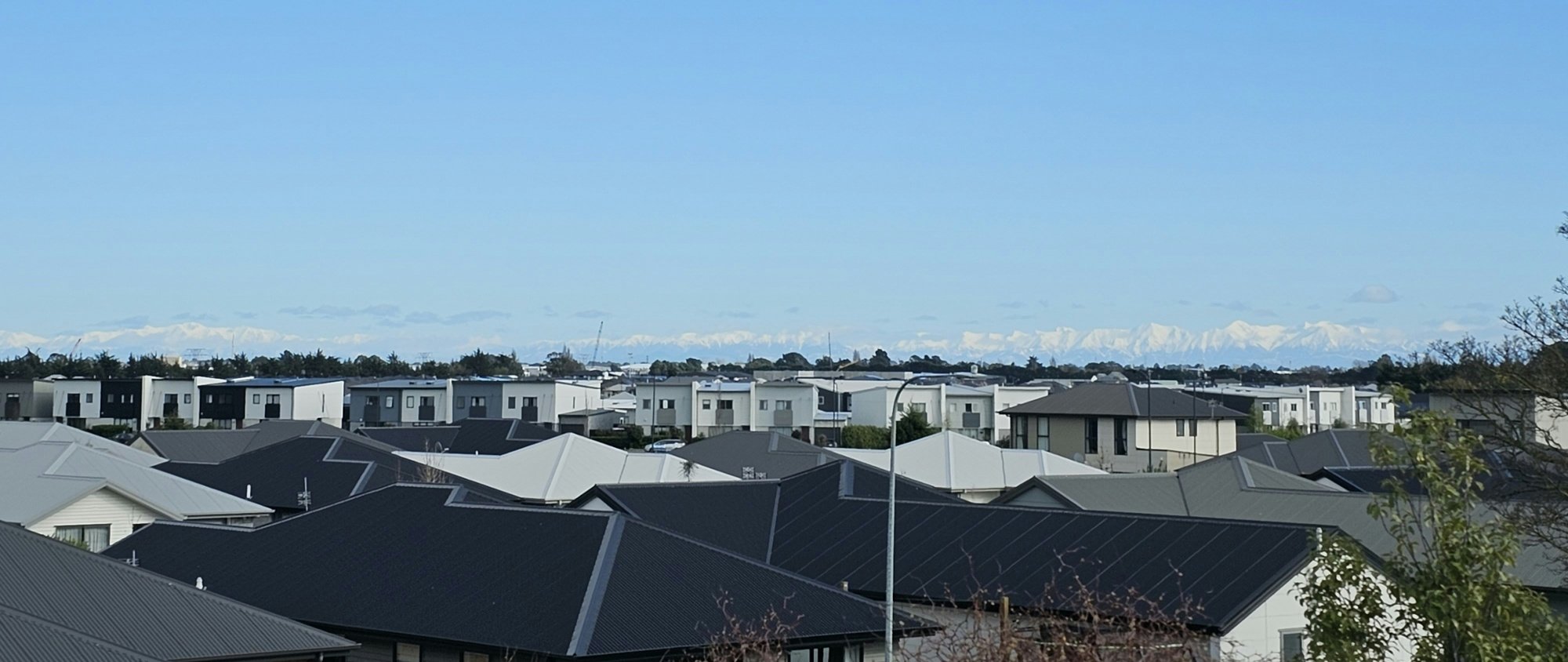2024 is passing as a blur – it’s been all go with events and courses, our team is working through a mountain of registrations and new certifications, providing new training such as air tightness webinars, we’re updating tools and improving our new website and systems, and more broadly we’re continuing to see massive interest in sustainable buildings. We’re able to do what we do, and move at pace, because we have huge support from across the property and construction sector. A massive thank you to all of you out there doing the vital mahi, and championing homes, buildings, and communities that ensure the planet and people can thrive.
Some of our biggest supporters are among the roughly 200 companies and entities now required to disclose their climate risks under the Task Force on Climate-Related Financial Disclosures (TCFD). We’ve started to see some members, sometimes voluntarily ahead of those requirements being expanded, working through their climate risks as part of their strategic planning, and getting senior management teams up to speed on the impact of climate change and what it’ll mean for their assets. This is a major shift. We are proud our tools such as Green Star and Homestar are being used to evidence how the transition risks and physical risks of climate change is being reduced by property firms.
Among them is Kiwi Property, whose CEO Clive Mackenzie joined me for this month’s member only Chief exec update. The work Kiwi Property are doing to embed climate considerations and sustainability into everything they do is groundbreaking. If you missed out, I’d strongly recommend watching the discussion to hear what we can learn from the approach of one of the country’s largest NZX-listed property companies.
A big part of their journey has been the increasing availability of sustainable finance. Now is the best window for it, with banks increasingly motivated to provide attractive lending on property and projects able to demonstrate their pathway to decarbonising through whole of life – scopes 1, 2, and extending to 3. Our sector understands the need for transparency and is working closely with supply chain, with many innovators unlocking new ways to decarbonise.
We’re fortunate to have these levers for change. However, we still need the Government to step up and lead. Worryingly, there have been some major international collaboration opportunities we’ve missed or failed to join. We were absent when 70 ministers from around the world met for the Buildings and Climate Global Forum in Paris earlier this month despite being invited. Countries like Australia, the UK, USA, Saudi Arabia, even our neighbours Samoa, have committed to moving towards carbon-neutral buildings, providing financial incentives and regulation to increase the share of resilient, near-zero emission, and affordable buildings, leading by example by adopting ambitious policies regarding public procurement, and a host of other commitments.
New Zealand chose not to attend, nor have we signed up yet. When Minister Penk was appointed his briefing called out energy labels on buildings and measuring energy efficiency as an immediate priority. Yet the decision not to attend seems to suggest that the health and sustainability of our homes and buildings might not be a priority.
The climate strike is happening 5th April and comes at a time of climate crisis. Since the previous strikes tens of thousands of New Zealanders have felt the impact of a changing climate with devastating storms, flooding, and drought. We are heading along because we urgently want to see the New Zealand government prioritise climate action and urgently put policies in place that will reduce emissions in line with a 1.5 degree future, delivering on our legal commitments, and trade obligations. If you agree come along, we look forward to seeing you there.
Last month at the Blue Greens Conference in Paihia, Prime Minister Christopher Luxon said he believes we can fix the economy and tackle climate change.
New Zealanders deserve to live work and play in healthier, lower carbon homes and buildings. 2024 is the year to make it happen.
